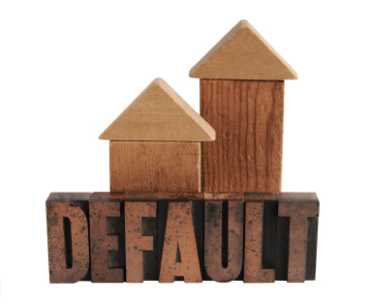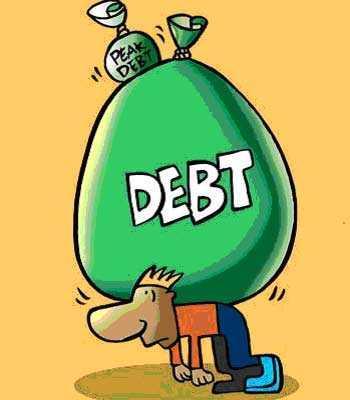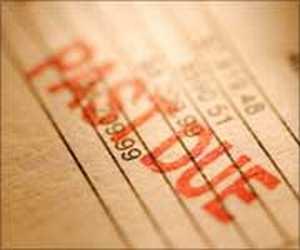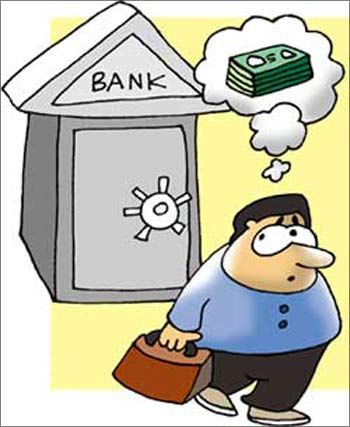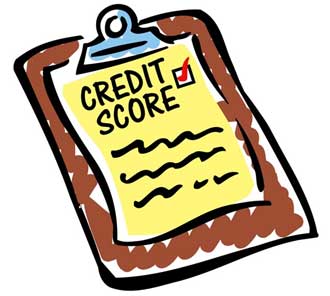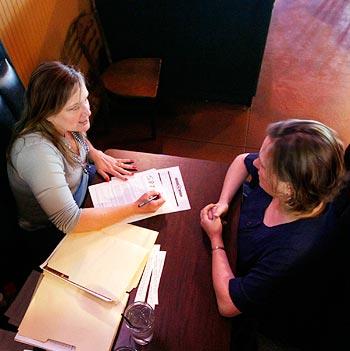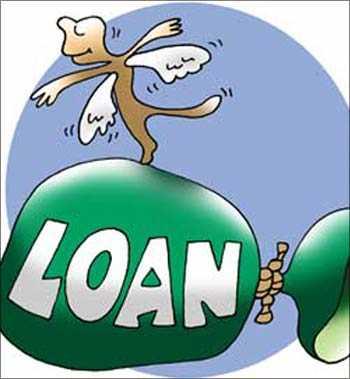 | « Back to article | Print this article |
DEFAULTED on a LOAN? Here's what to do!
First of all, do not PANIC and do something drastic. There are various ways to get out of the debt mess that you could be in.
India has started moving towards a consumer economy. Buying power of citizens has gone up due to easy availability of credit.
The flip side is sometimes people seem to overstretch themselves and spend money they don't have. Sometimes they take a loan and then due to unavoidable circumstances, they are unable to pay it back.

DEFAULTED on a LOAN? Here's what to do!
What happens after that?
First of all do not panic and do something drastic. A lot of people default on their loans and credit card payments. Banks are aware of this fact and therefore they always give their full support. Their main interest in is getting their money back.
DEFAULTED on a LOAN? Here's what to do!
What to do first?
Collect all the loan-related documents like receipts of past EMI (equated monthly instalments)'s paid, notices sent by the bank and other details relating to the loan.
Go to the bank executive and explain to her/him that you have a genuine interest to pay back the loan. Truthfully explain the circumstances due to which you could not pay the loan.
DEFAULTED on a LOAN? Here's what to do!
What are your options?
You basically have four options:
1. Refinancing your debt
It basically means that you extend the period of your loan and in return the bank reduces the EMI that you have to pay. This way, you get some breathing space and the bank still keeps getting the payments.
DEFAULTED on a LOAN? Here's what to do!
2. Deferring your payments
In this option, you stop paying EMIs for a while and then you start paying the same amount again. It can be on the same terms or on negotiated terms. This is suitable for people who have temporary cash flow problem but are otherwise financially sound to pay.
Although you will have to pay late payment penalties.
DEFAULTED on a LOAN? Here's what to do!
3. Converting an unsecured loan to a secured loan
You can give the bank one of your assets as security for the loan. Once the bank feels that it has a collateral, it will be relatively more eager to negotiate.
DEFAULTED on a LOAN? Here's what to do!
4. Lumpsum settlement
This is one option which has to be used as a last resort. Lumpsum settlement reflects badly on your credit record.
In the option, the bank allows you to pay a single payment that can cover most of the loan and write off the remaining amount.
DEFAULTED on a LOAN? Here's what to do!
What if none of the above options work?
The bank has the legal right to repossess your asset. It can sell your asset to recover its dues. The process is different for movable and immovable assets.
a. Movable properties
The bank will give you 7 to 15 days notice before repossessing. After that they will send you a pre-sale notice and 7 more days will be given to repay the loan.
If you repay then your asset will be released within 7 days of the repayment. If you don't repay then the bank will auction off the asset within 90 days from the date of repossession.
DEFAULTED on a LOAN? Here's what to do!
b. Immovable properties
The bank will first have to declare the loan as a NPA (non-performing asset).
You will be given 60 days to repay. If you don't then the authorised officer will physically possess the property by handing over the demand possession notice to you. The bank will then auction the property after 30 days of taking possession.
It will give the property back if you repay the entire amount before the sale transaction is concluded.
DEFAULTED on a LOAN? Here's what to do!
What are your rights with regard to this?
You can approach the Debt Recovery Tribunal within 45 days of the repossession and file your right to appeal under Section 17 of the SARFAESI Act.
If the DRT passes an order not in your favour, then you can even go to the appellate tribunal. If they also rule in your favour then the bank will be asked to return your property along with compensation.
All of this can be avoided. Tarnishing your credit history can be dangerous. Do not take loans if you are sceptical about being able to pay it back. Always account for unforeseen circumstances. Do not overstretch yourself on your EMIs.
A good credit history will help you get a loan easily when you are in need of one.
